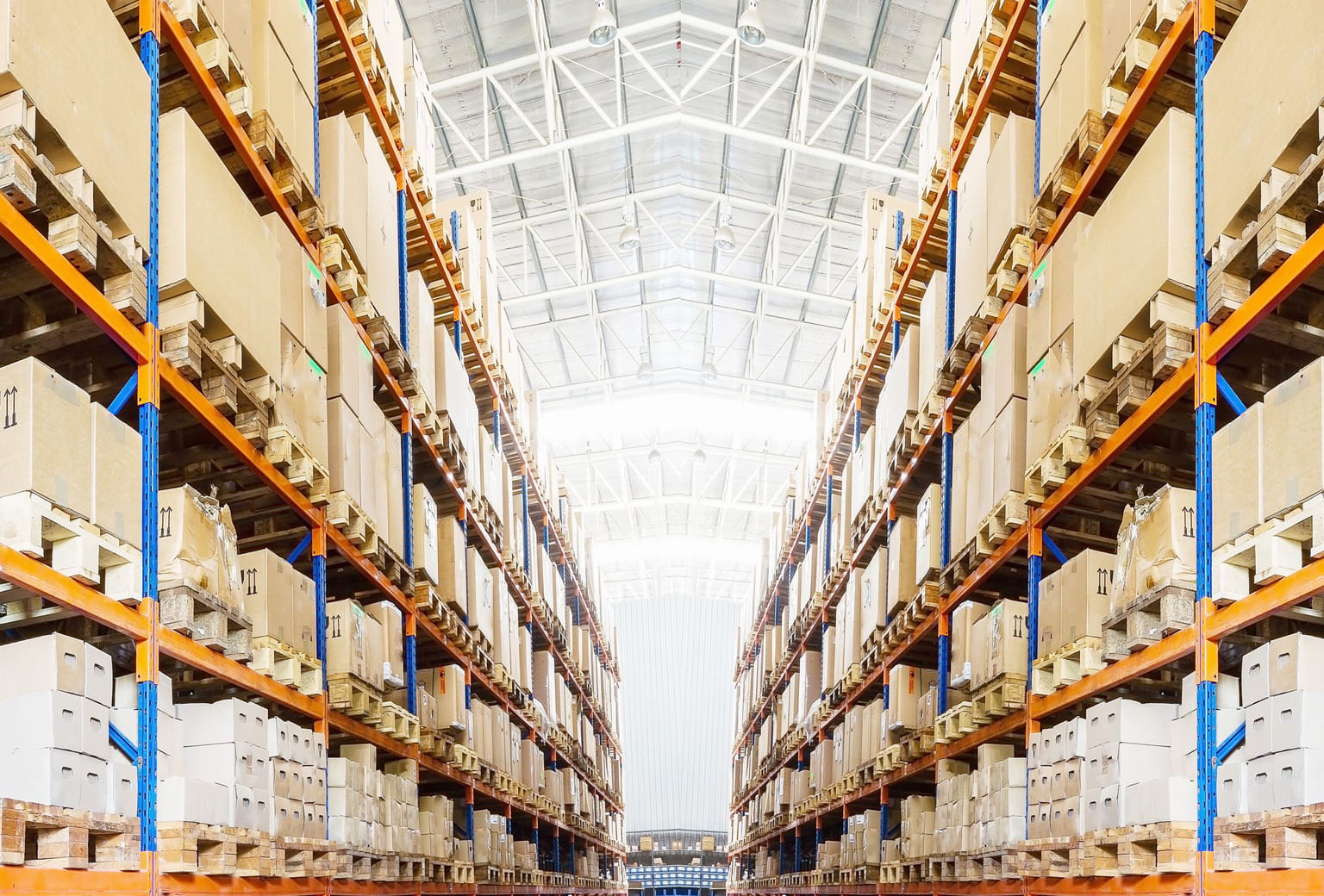 Grade-A warehouses are the next big thing in industrial real estate, with the sector seeing its biggest ever absorption in 2022
Grade-A warehouses are the next big thing in industrial real estate, with the sector seeing its biggest ever absorption in 2022 According to JLL India, the storage sector would have the most considerable absorption this year. According to the research, net absorption will reach a new high of 42.5 million square feet in 2022, up 17% from the previous high of 36.3 million square feet in 2019.
The warehousing business in India has evolved from a mainly disorganised, asset-heavy industry to one of the nation's rising industries. With the industry playing a critical role in maintaining the constant flow of businesses' supply chains, demand for warehouses has been increasing. According to JLL India, the storage sector will have the most considerable absorption this year. According to the research, net absorption will reach a new high of 42.5 million square feet in 2022, up 17% from the previous high of 36.3 million square feet in 2019. Surprisingly, the industry has emerged as one of the most resilient asset classes.
Following Covid-19, there was significant growth in virtual transactions and an increased reliance on delivery options, particularly for necessary commodities like food and medications that required rapid delivery. Consumers have shifted dramatically toward internet buying. Consumers now want doorstep access to the items they require, and they require it quickly. As a result, the e-commerce sector has grown tremendously, with firms attempting to increase supply and storage for improved delivery, resulting in a massive need for warehouse space.
Modern grade caters to today's business requirements.
-Warehousing facilities are growing as an appropriate and preferred option. Grade-A warehouses are designed to international standards and include extra height, high-performance flooring systems, AI and technologies such as Automatic Identification and Data Collection (AIDC), Automated Storage and Retrieval (ASRS), and QR codes to ensure speedier processing. These places provide concrete benefits through green integrations, automated MHEs, fire safety standards, enough docking stations, and abundant parking and vehicular traffic.
Companies may coordinate their operational requirements while being flexible as they meet essential business objectives with grade-A warehouses. The burgeoning e-commerce & fast commerce sector, omnichannel operations, and the consequential need for the improvement of supply chains across industries have all contributed to the increased demand for Grade-A storage facilities across the country. According to the rating firm ICRA, the entire warehouse supply increased by 17% from 2016 to 2021 to 258 million square feet, with an increase in the Grade-A supply mix from 30% in 2016 to 45% in 2021.
E-commerce businesses are rebuilding the supply chain with a higher emphasis on last-mile delivery and moving closer to consumption centres due to demand shifts, infrastructure advances, and increased internet penetration. Demand for in-city warehouses is increasing as company models change toward faster deliveries. Companies have recognised the value of having a real-time market pulse. They are investing in Grade-A storage facilities in smaller cities. This has enabled them to serve a fast-growing consumer base in tier 2 and 3 cities.
Third-party logistics (3PL), followed by e-commerce, is the second-largest incentive contributing to the increased demand for grade-A warehouses. According to Knight Frank India's forecasts, the e-commerce category would take up 165% more space in Indian warehouses over the next five years, while 3PL and other sector enterprises will take up 56% and 43%, respectively.
Due to the increasing demand along with the occupier trend of significant e-commerce and the ever-rising importance of tier-2 cities, there have been more and more participation trends of institutions and big, high-standard, grade-A warehouse spaces. The multinational corporation has increased the setting up of their manufacturing units in the prominent locations of India as the Indian economy is becoming more favourable with steady growth. India's ambition to become a global manufacturing powerhouse has piqued the interest of global and domestic institutional investors in the warehouse industry.
The 'Make in India' campaign, in conjunction with systematic changes such as the introduction of GST, tax breaks for FDI investments, and the awarding of infrastructure status to the industry, has guided investors' interest in warehousing as a new industrial asset class. The government also intends to implement a warehousing strategy to reduce transportation and logistics expenses and establish exclusive storage zones through public-private partnerships. Furthermore, the expansion of industrial corridors, port and road infrastructure, and multi-modal connections make the segment even more appealing.
Given the strong fundamentals, the Indian warehouse industry is positioned for steady and sustained expansion, with grade A facilities driving demand. According to a recent analysis by market research firm 'Research and Markets,' the segment's space need is expected to reach 483 million sq. ft. in 2026, growing at a CAGR of 12.77% from 265 million sq. ft. in FY2021. Given the enormous potential, the industry in this country has a long runway for expansion, and industrial real estate companies must capitalise on this demand to contribute significantly to the sector's and the national economy's take-off.